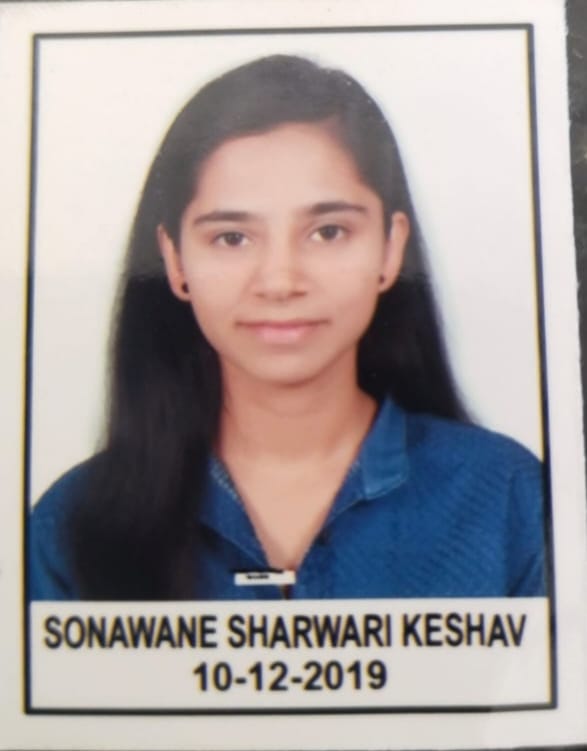We use cookies to make sure that our website works properly, as well as some ‘optional’ cookies to personalise content and advertising, provide social media features and analyse how people use our site. Further information can be found in our Cookies policy


 Sonawane K. Sharwari*
Sonawane K. Sharwari*
 Pol Mayuri
Pol Mayuri
 Nikam D. Rituja
Nikam D. Rituja
 Deore S. Pritam
Deore S. Pritam
 Gunjal A. Pooja
Gunjal A. Pooja
 10.5281/zenodo.10499756
10.5281/zenodo.10499756